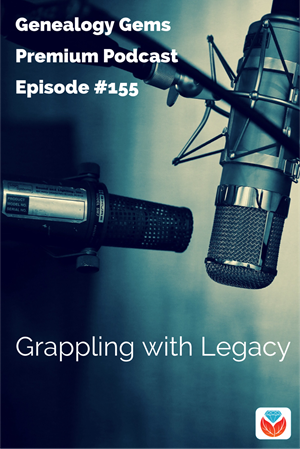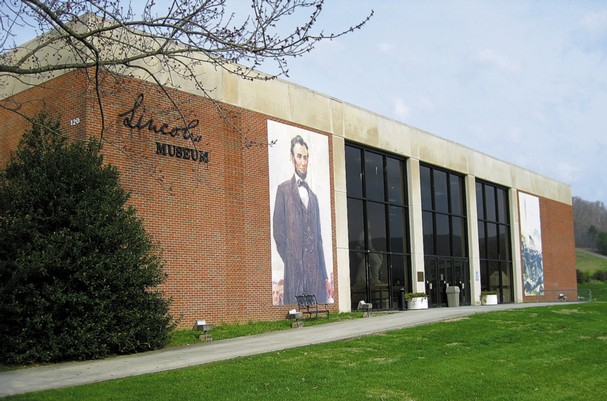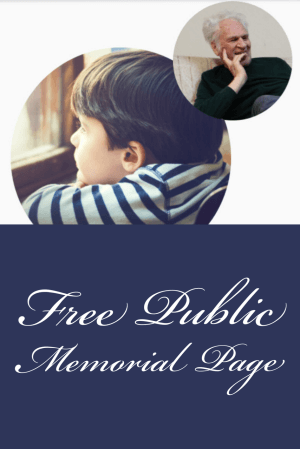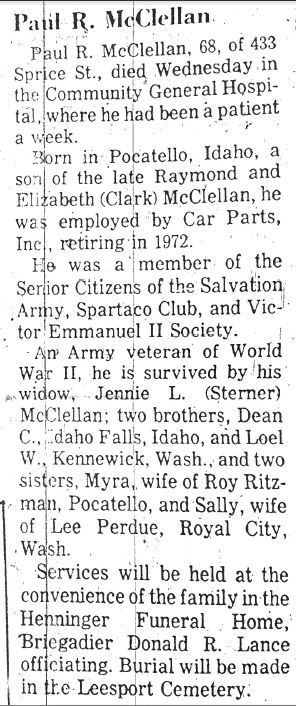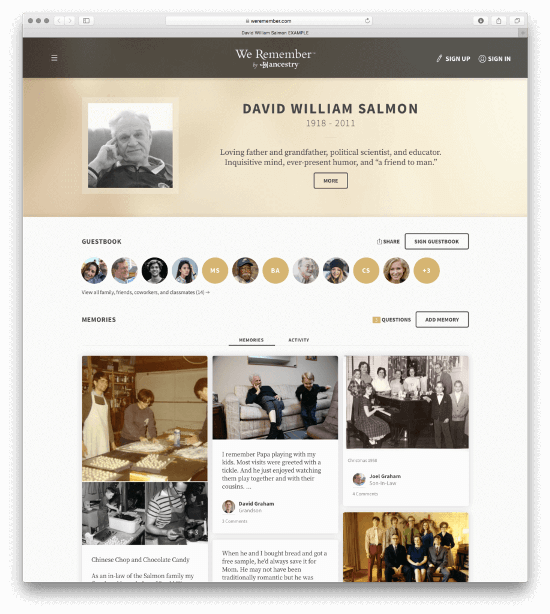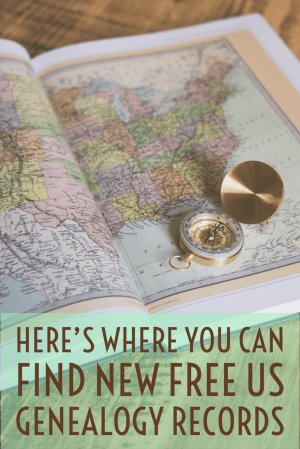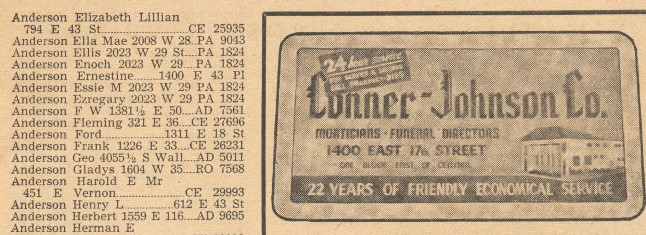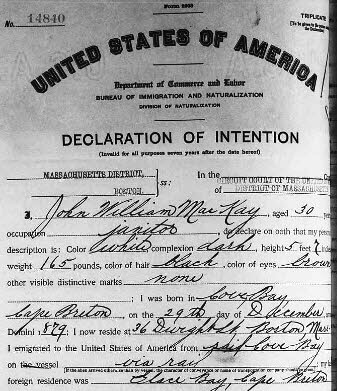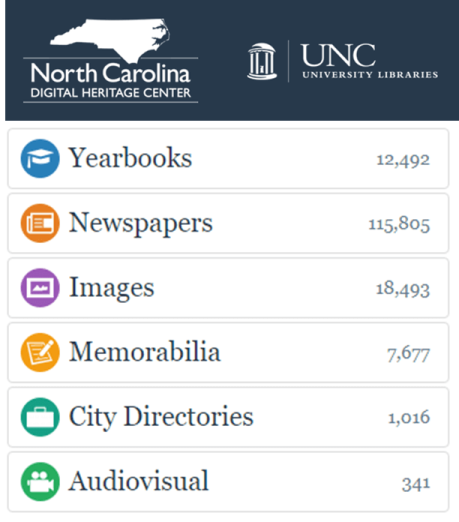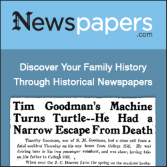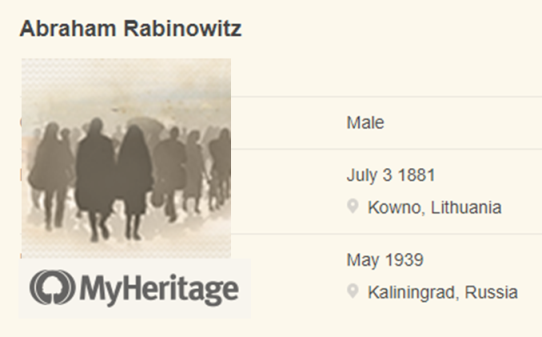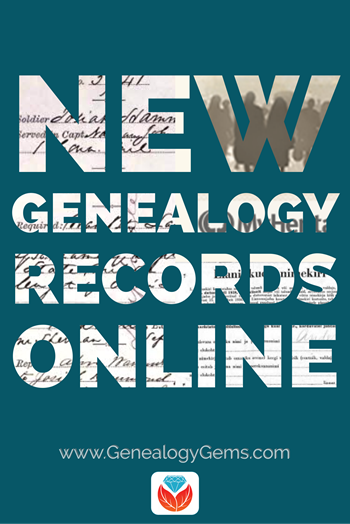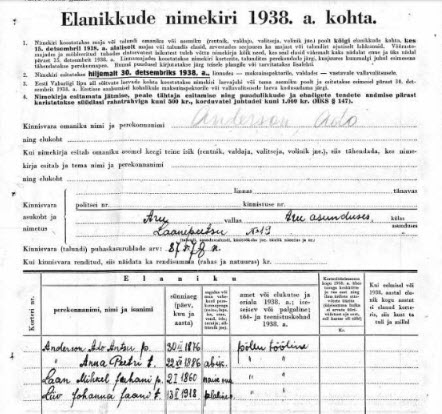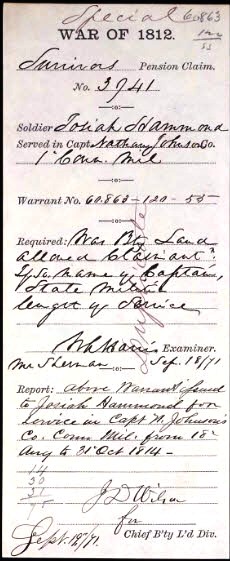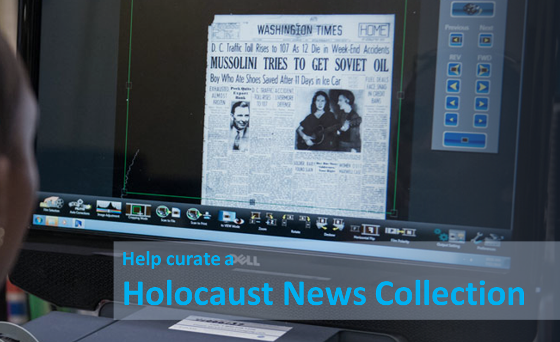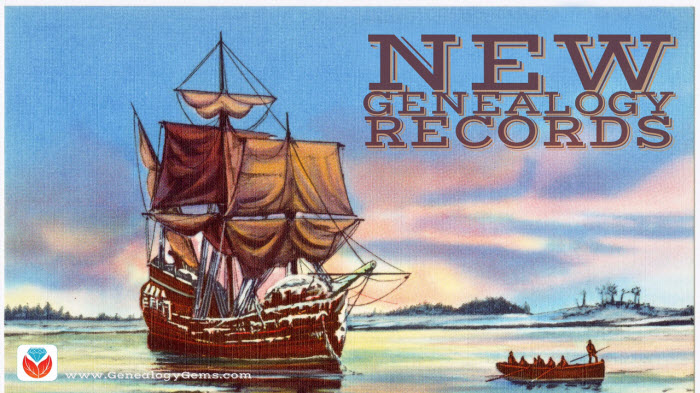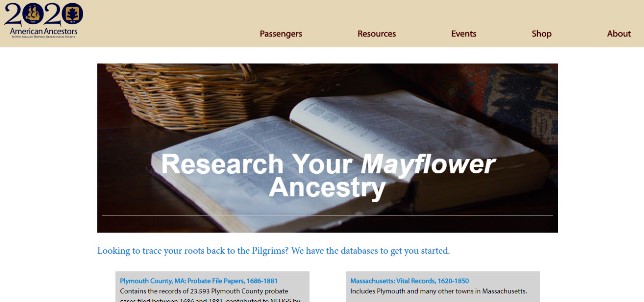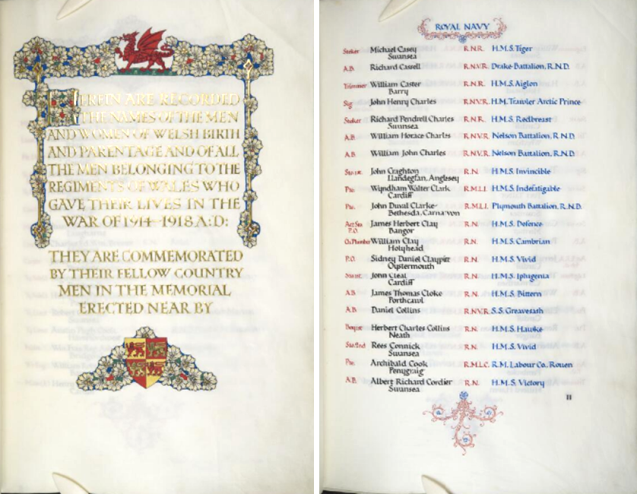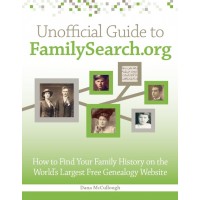Genealogy Gems Premium Podcast Episode 155: Grappling with a Unique Family Legacy
In the new Genealogy Gems Premium Podcast Episode 155, Lisa Louise Cooke talks with author Sylvia Brown about coming to terms with her renowned New England family’s legacy of wealth, philanthropy–and slaveholding. Also in this episode: Facebook helps a lost WWI gravemarker make its way home, a listener’s question about organizing her Ancestry.com tree, and Melissa Barker talks about genealogical treasures you may find in museums.
Genealogy Gems Premium Podcast Episode 155
In the newest episode of the Genealogy Gems Premium Podcast, Premium members get to hear a fascinating interview with Sylvia Brown, a descendant of the renowned Brown family of Rhode Island that is affiliated with Brown University. Sylvia recently published Grappling with Legacy, a book that’s part family history and part reckoning with it. She decided to explore her family history after hearing a speaker at Brown University–the same Brown University to which Sylvia’s father gave a big part of his inheritance–declare that “there were no good Browns!”
A Kirkus review of this book calls it “an often riveting history of a family that left an indelible impact on the nation.” In Sylvia’s conversation with Lisa, you’ll hear some of the story of that broader impact, but also its narrower impact on Sylvia herself and her living relatives. Her family history is so personal, and yet so public. Hear how she has “grappled with legacy” in this inspiring interview.
Also in Premium Podcast Episode 155
There’s more to inspire and inform your passion for heritage in this episode! For example:
- Lisa tells of a World War I gravemarker for a Michigan man that was found in Florida by a man on a cleanup crew. Hear how he used the power of social media to help the marker find its way back to its family.
- Joyce asks whether it’s possible to rearrange the chronological order of marriages on a person’s Ancestry page once they have been entered. She’s frustrated because they don’t show up that way on the person’s profile. Genealogy Gems Contributing Editor and expert on Ancestry.com and the other “genealogy giants” shares her answer, along with a tip for keeping your Ancestry tree as accurate as possible, even when your best answer may be guess.
- Finally, the Archive Lady Melissa Barker describes genealogical treasures you may find in museums, such as the Lincoln Memorial University Museum shown here. Museums aren’t always “just” galleries of old artifacts–they may also be archives. But you may have to go looking for their documents and manuscripts.
Genealogy Gems Premium membership
Genealogy Gems Premium members have 24/7 access to the entire Genealogy Gems Premium Podcast archive! To date, that means 154 previous episodes. We often hear from listeners who discover us and start listening–then rewind so they can hear everything they’ve missed since the Premium Podcast began production. In addition, Premium members also have access to dozens of full-length video tutorials on a variety of subjects that will help you harness tech tools, research more effectively, organize your family history and share it with loved ones. Check out this preview of the newest Premium video: “Time Travel Technology.” And if you’re not already one, consider becoming a Genealogy Gems Premium subscriber today!
Disclosure: This article contains affiliate links and Genealogy Gems will be compensated if you make a purchase after clicking on these links (at no additional cost to you). Thank you for supporting Genealogy Gems!

About the Author: Sunny Morton
Sunny is a Contributing Editor at Lisa Louise Cooke’s Genealogy Gems; her voice is often heard on the Genealogy Gems Podcast and Premium Podcast. She’s known for her expertise on the world’s biggest family history websites (she’s the author of Genealogy Giants: Comparing the 4 Major Websites); writing personal and family histories (she also wrote Story of My Life: A Workbook for Preserving Your Legacy); and sharing her favorite reads for the Genealogy Gems Book Club.

